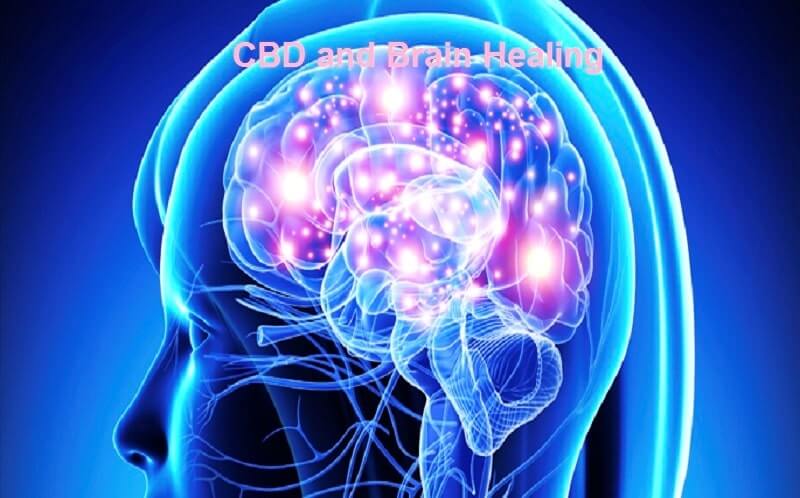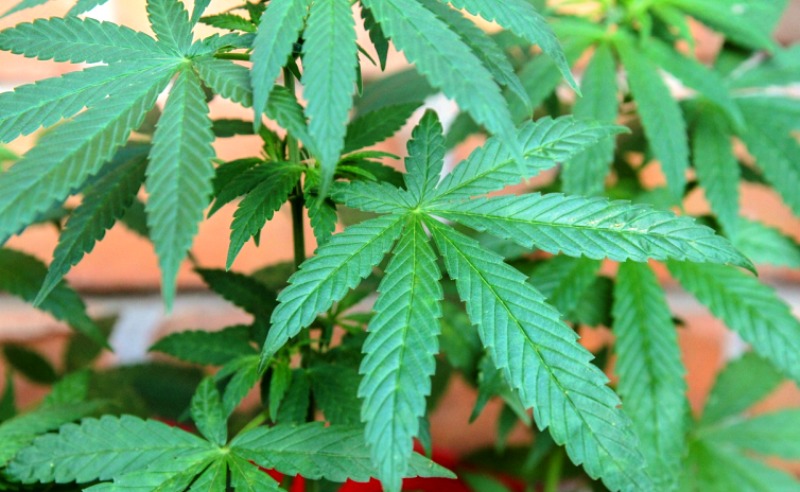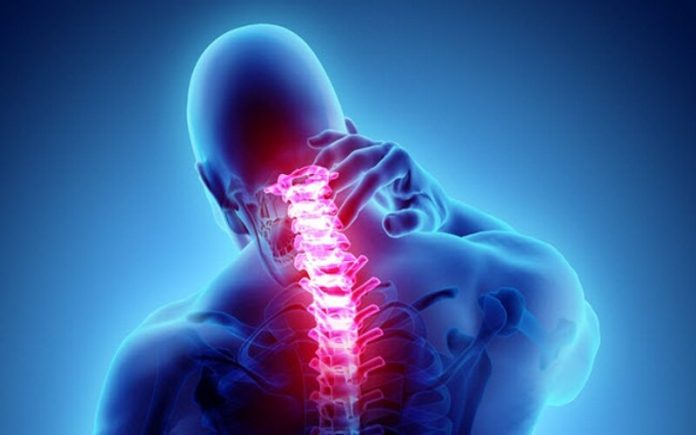It has been a wonder to the researchers as they found out that the use of cannabis can be proven to be a great thing when it comes to chronic pains.
Cannabis is well known for relieving pain (although no CBD or THC drugs exist on the French market) It has been traditionally used by many countries and communities for the treatment of pain. But Recent medical studies have started to explore its benefits. Although it has not yet been fully understood, it has been widely used for different health issues and has shown positive results.
What is CBD?
There are two kinds of cannabis plants, namely hemp, and marijuana. They produce a kind of chemical compound known as a cannabinoid. The CBD or cannabidiol is one of these cannabinoids that have no psychoactive property. There are other cannabinoids like THC which are still present in hemp and give it a powerful high. CBD and THC can be separated by supercritical CO2 extraction and thus can produce derivatives containing only CBD. Our body has cannabinoid receptors through which cannabinoid compounds can attach and activate functions unknown to our brain, including pain relief and inflammation.
CBD oil and pain reduction
Cannabinoid oil is derived from industrial hemp which has a high CBD content. Different methods are used by manufacturers to extract the famous CBD which is then added to an oil to create the CBD oil. The strength of the oil depends on the concentration of CBD in the oil. In some recent studies, it has been found that the use of CBD in the case of rheumatoid arthritis, osteoarthritis, and fibromyalgia has helped reduce the pain and inflammation associated with these conditions. But such small-scale studies do not allow concluding anything and it is necessary to carry out larger scientific research to define a care protocol, a treatment, and finally obtain marketing French as a drug based on CBD, THC, or both.
The Use of the CBD
CBD targets a part of the cannabinoid system inside our body known as the endocannabinoid system. The endocannabinoid system has 2 types of receptors: type 1 and type 2 cannabinoid receptors (CB1 / CB2). CBD thus targets the CB1 and CB2 receptors. These receptors control the functioning of the central nervous system and its peripheral organs. It provides a balance that is necessary to produce the desired effects. The CB1 receptor controls our cognitive activities while the CB2 receptor deals with the body’s response to pain and inflammation. When cannabinoid oil is used in the body to target the endocannabinoid system, these CB1 and CB2 receptors control inflammation and reduce the sensation of pain.
Pain can have certain benefits. After all, it informs us of threats to our well-being. But when the pain becomes a long-term problem, it can have a significant impact on our quality of life. With the impending legalization of cannabis – better known as marijuana – in Canada, many people are wondering if it’s a good option for pain relief.
Chronic pain is a familiar reality to many Canadians – almost 20% of adults live with chronic pain every day (1). Unfortunately, the risk of developing chronic pain increases with age, and women are more likely to be affected than men.
Neuropathic pain – which results from damage to the nerves – explains about one in five cases of chronic pain. The main causes of this type of pain are accidents, injuries, or surgery, as well as symptoms or complications from diseases such as diabetes (3). People will often experience feelings of numbness, tingling, stinging, cold, or burning (4).
It is well known that neuropathic pain is also difficult to treat (2). Medicines that are normally prescribed for other types of pain (for example, nonsteroidal anti-inflammatory drugs or opioids) are often ineffective. Studies suggest that cannabis can help relieve chronic neuropathic pain (5). But does the evidence live up to the hype, or are the pain-relieving properties of cannabis just a smokescreen?
What research tells us
Two compounds in cannabis THC and CBD are thought to contribute to cannabis’s ability to relieve pain. THC alters the perception of pain by reducing anxiety and stress, while CBD fights pain through its anti-inflammatory action. Cannabis medications come in many forms and can be inhaled through a pipe or cigarette, or can be taken orally as an aerosol or capsule.
A recent systematic review showed that compared to placebo, cannabis-based medicines provide moderate to substantial pain relief and reduce pain intensity, sleep problems, and psychological distress. Unfortunately, these benefits are often associated with side effects such as sedation, confusion, and psychosis. For some people, these side effects can be severe enough to outweigh the benefits of cannabis-derived pain relievers.
Conclusion
Overall, the quality of research on the relief of neuropathic pain with cannabis is low. That’s not to say that people with neuropathic pain shouldn’t consider cannabis as a treatment option – it may work for some, but not for others. The bottom line is that there is currently a lack of solid evidence to support cannabis-based drugs for neuropathic pain relief. More and better research is needed to confirm the benefits. New studies may be particularly important in the elderly and those with conditions that predispose them to neuropathic pain. Waiting, cannabis can be a useful solution for people who fail to achieve adequate relief with established treatment options.





























